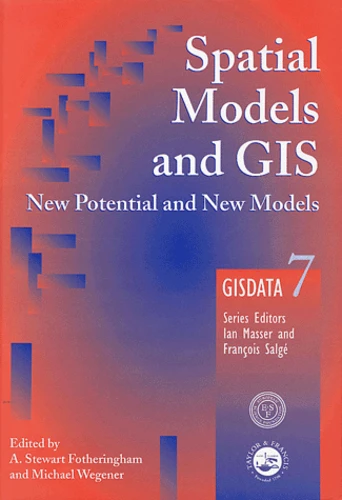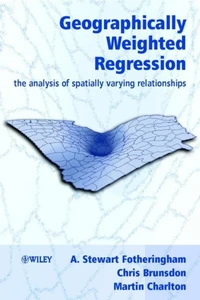Spatial Models and GIS. New and Potential Models
Par : ,Formats :
- Paiement en ligne :
- Livraison à domicile ou en point Mondial Relay indisponible
- Retrait Click and Collect en magasin gratuit
- Nombre de pages279
- PrésentationRelié
- Poids0.78 kg
- Dimensions16,0 cm × 25,3 cm × 1,7 cm
- ISBN0-7484-0846-0
- EAN9780748408467
- Date de parution01/01/2000
- ÉditeurTaylor & Francis
Résumé
Spatial models have been in existence in the environmental and social sciences for a long time. More recently, specialized software for the capture, manipulation and presentation of spatial data, which can be referred to as Geographical Information Systems (GIS), have vastly increased the range of possibilities of organizing spatial data by new and efficient ways of spatial integration and spatial interpolation. Coupled with the improvements in data availability and increases in computer memory and speed, these novel techniques give rise to new types of spatial models which exploit the technological potential now available, make better use of existing data, stimulate the collection of new data and open up new ways of working with geographic information. This book explores the potential and impact of GIS on spatial modelling. It draws on the work of a task force of thé GISDATA research network, and is in large part derived from papers presented at one of its meetings, covering environmental and socio-economic modelling in hydrology, meteorology, landscape ecology, transport, land use planning, demography and economics.
Spatial models have been in existence in the environmental and social sciences for a long time. More recently, specialized software for the capture, manipulation and presentation of spatial data, which can be referred to as Geographical Information Systems (GIS), have vastly increased the range of possibilities of organizing spatial data by new and efficient ways of spatial integration and spatial interpolation. Coupled with the improvements in data availability and increases in computer memory and speed, these novel techniques give rise to new types of spatial models which exploit the technological potential now available, make better use of existing data, stimulate the collection of new data and open up new ways of working with geographic information. This book explores the potential and impact of GIS on spatial modelling. It draws on the work of a task force of thé GISDATA research network, and is in large part derived from papers presented at one of its meetings, covering environmental and socio-economic modelling in hydrology, meteorology, landscape ecology, transport, land use planning, demography and economics.


